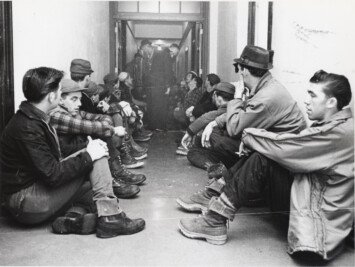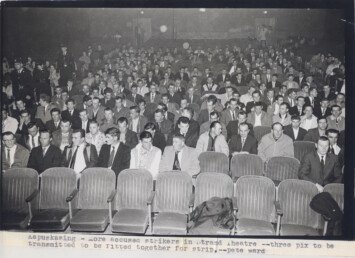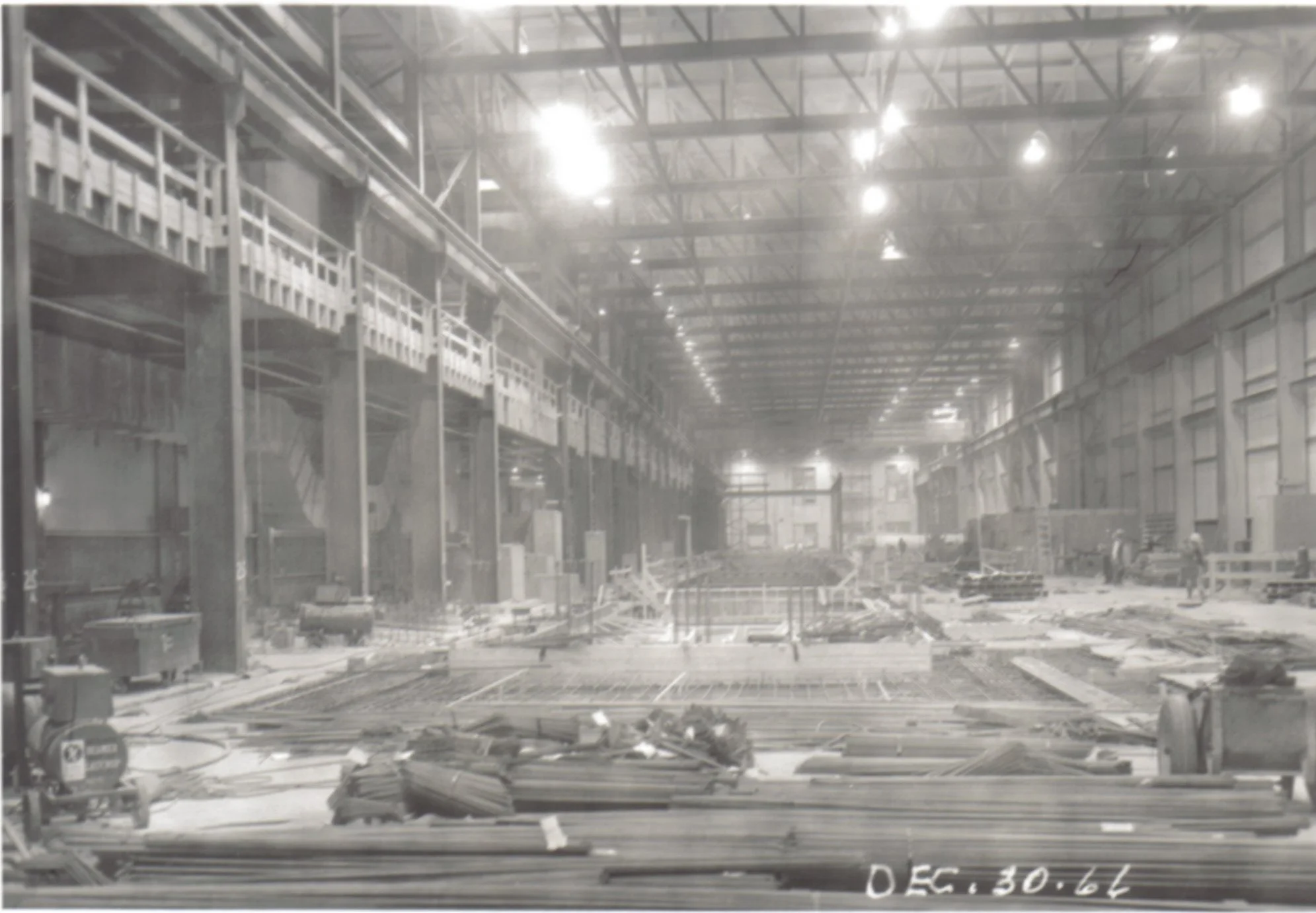1956–1975: Expansion, Major Modernizations, and Rising Output
Major Mill Upgrades (1956–1964)
The late 1950s and early 1960s were transformative years for Spruce Falls. The mill, always adapting to the times, took on a massive overhaul. Key paper machines were rebuilt, old power boilers were replaced, and sections of the sulphite dryer were completely revamped. A new sulphite bleachery was installed, helping elevate both pulp quality and output. As the operations grew, the second sulphite dryer was retired, and a steam recovery boiler was introduced to meet rising production needs. But not all was smooth sailing. In 1963, a major strike halted operations for nearly a month, testing the resilience of both workers and management. Tragically, fatalities occurred during the strike, underscoring the tensions and risks of the moment. Yet, this setback didn't slow the company’s forward momentum. By the mid-1960s, the Magnefite Mill began its operations, and in the forests, wheeled skidders replaced horses — a symbolic shift toward a more mechanized future.
Modern Logging and Transportation (1965–1971)
By the second half of the 1960s, Spruce Falls was fully embracing the future. The company pioneered new methods in logging: tree-length logging replaced the traditional shorter cuts, dramatically reducing waste and handling time. The No. 5 paper machine began operating in 1967, pushing production even further, while mobile slashers became a regular part of the logging process. Alongside these innovations, environmental responsibility took center stage with the installation of a clarifier, improving the treatment of mill effluent. Transportation improvements were also critical, and the completion of the bridge over the Kapuskasing River eased the flow of timber and workers across the expanding company territory. These were years of growth, not just in capacity, but in the company's overall approach to operations.
Innovations in Forestry and Mill Capacity (1972–1975)
The early 1970s were a mix of consolidation and bold moves for Spruce Falls. In a strategic shift, the company sold the Moonbeam Nursery to the Ministry of Natural Resources, ensuring its ongoing role in reforestation efforts. A new sawmill came became operational, ramping up lumber production, while changes in ownership saw the Evening Star Newspaper Company sell its minority stake. But the real story was in the forests. New equipment, like upgraded skidder tires, hydraulic rake boats, and drop deck trailers, made logging operations more efficient than ever. By the mid-1970s, Spruce Falls reached a milestone — producing 1,000 tons of newsprint daily and employing 1,500 people. As the company continued expanding, the move of the head office from Toronto to Kapuskasing was a symbolic gesture, cementing the company’s deep ties to the northern community. It was a turning point that marked the beginning of a new era in growth, production, and innovation.


























































